Through the Portal of COVID-19:
Visioning the Environmental Humanities as a Community of Purpose
By Steven Hartman, Joni Adamson, Greta Gaard and Serpil Oppermann

The current theme of Bifrost Online features an Open Letter co-authored and signed by many leading voices from the environmental humanities (EH), as well as some allied social scientists and activists, in response to the challenges of the COVID-19 pandemic. A number of the letter’s signatories have also been invited to contribute short companion essays reflecting further on perspectives that may not have found their way into the letter, or that may even have fallen out of it during the dynamic process of its composition.
In early April 2020, an initial draft of the open letter was sent out to many environmental humanities scholars, as framed by the organizer of the initiative, Greta Gaard, who is also a co-editor of this special theme of Bifrost Online. As the letter “circulated more widely,” she explains in her essay contribution, “responses grew, and along with them, information about the pandemic’s unequal effects on diverse humans and the more-than-human world.” Making the rounds throughout the early months of the pandemic this spring, the letter draft was augmented and revised continuously by a growing list of signatories. In the end the drafting and revision process turned into a creative “exercise in democratic discourse” among a diverse international community of environmental humanists and sympathetic partners. Their names on the open letter published here signal not only their endorsement of the letter’s principles and commitments but an indication of genuine community co-authorship.

The open letter is a vital call to the environmental humanities community to respond to the challenges of the novel coronavirus, a dangerous microorganism that “carries the message of our interbeing — across bodies, species, continents.” As it travels throughout the world, this virus is also live-streaming dire truths about the many different human conditions and contagions to which societies have become inured, from interspecies tragedies and the disproportionate injustices of gender, race and ethnicity to the inequitable slow violence of climate change and industrial environmental poisoning.
In their short essay on COVID-19 as a possible syndemic, co-editors Joni Adamson and Steven Hartman note that “risks of serious illness and death from COVID-19 are highest in individuals with underlying conditions,” including many that “correlate meaningfully with socio-economic circumstances, education-level and other institutionalized societal factors.” As a concept that helps to “illuminate the entangled, rhizomatic connections between climate change and contagions of various kinds,” the term “syndemic” (a portmanteau combining the ideas of synergy and epidemic coined by medical anthropologist Merrill Singer) may be an appropriate way to consider the many interlinked human tragedies occurring during the global COVID-19 emergency.
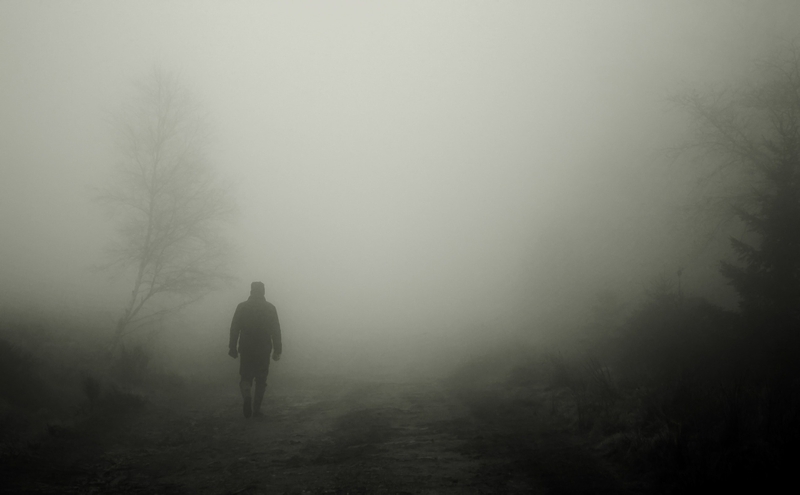
COVID-19 breeds social problems, altering daily life while magnifying the disproportionate impacts of climate change on disempowered and marginalized communities everywhere. As David Pellow writes in his essay, “the continued violent encroachment of human activity, settlements/invasions, and extractivist activities into rich and diverse ecosystems has placed all of life on earth at greater risk.” COVID-19 is a particularly acute example of environmental injustice, he adds, because it is meting out disproportionate ecological harm to those who have contributed the least to the problem, including currently imprisoned or detained populations, who literally are not given the space to “socially distance.” As contributor Serenella Iovino adds in her essay, another of the hardest hit groups are elderly people living at long-term care facilities. What we are seeing, she writes, is not the impact of one virus but a contagion “of declining attention towards everything that is not part of the narrative of growth and profit.”
Vijay Kolinjivadi and Jennifer Ladino have argued in two notable articles this spring just how essential it is to connect the dots between ecological dimensions of the novel coronavirus and climate change. Canadian emergency doctor Courtney Howard strikes a similar note in a recent interview, observing that though the emergence of COVID-19 is “an event that at first seems unrelated to climate…it has a lot of consequences for the conversation around climate and health.” Howard sees the pandemic as “a giant wake-up call in terms of planetary health, because….‘there’s a lack of care at the intersection of humans and the natural world, and that’s what allowed a zoonotic virus to make a jump into humans’.”
COVID-19 is infecting the bodies and disrupting the lives of countless people around the world dependent on a global system “rooted in unjust economic relations at all levels and in unsustainable patterns of consumption by the North and by Southern elites” (Jethro Pettit, 104). As this is the very system driving climate change, some researchers, like ecologist Jane Stout, suggest that the pandemic may be triggering unplanned transformative change by proving to us “that society can change,” that the way “we live and work can change,” that we “don’t have to be traveling all the time.” In truth, it’s too soon to say whether the effects of COVID-19 will catalyze this kind of change within our societies. Genuinely transformative system change will require much more than the forced austerity and GDP deceleration of a short-term social experiment that we have neither planned nor completed. Our ability to combine unexpected lessons from early 2020 with other knowledge and neglected wisdom may be central to societal transformation, but only if we can apply our understanding with the vision and will to level systemic obstacles that reinforce one another socially, culturally, politically and economically.

In future planned efforts to realize social-ecological transformation, we would be wise to heed another central message of COVID-19: that anthropogenic changes to the earth system impact nonhumans with as much devastation as they do marginalized human communities. This fact is thoroughly documented by the Intergovernmental Science-Policy Platform on Biodiversity and Ecosystem Services (IPBES), most recently in its 2019 Global Assessment Report. When the natural world bears the burden of mass commodification of natural resources, species extinction is bound to happen (Oppermann, “Climate Justice and Material Ecocriticism”). The world’s biota are now threatened from any number of human-induced stressors on physical environments: deforestation, soil degradation, overfishing, pollution, burning of fossil fuels, deep sea mining, hydraulic fracking, the illegal wildlife trade, and a long list of other proximate causes. As Gerardo Ceballos, Paul Ehrlich and Peter Raven clarify in their recent PNAS article titled “Vertebrates on the brink as indicators of biological annihilation and the sixth mass extinction” (2020), right now “species extinction rates are hundreds or thousands of times faster than the ‘normal’ or ‘background’ rates prevailing in the last tens of millions of years.” Generally, rates of loss among vertebrates can be seen as important proxy indicators of documented rates of biodiversity loss among other species, including plants, invertebrates and microorganisms. The World Wildlife Fund’s Living Planet Report 2018 notes that the “proportion of species currently threatened with extinction according to the International Union for the Conservation of Nature’s Red List criteria averages around 25 per cent across the many terrestrial, freshwater and marine vertebrate, invertebrate and plant groups that have been studied in sufficient detail.” Pandemics are not surprising or unexpected events in a world where unchecked human activities encroach increasingly on ecosystems, habitats and species growing evermore vulnerable by the year.

Compared to endangered iconic mammal species such as whales, polar bears, pandas and other charismatic megafauna, extinctions of these other biota — what we might call life overlooked — largely go unnoticed, until their eradication triggers ecosystem collapse or other catastrophic outcomes (famine, drought, and desertification, to name but a few) that impact the so-called human sphere. And then, when it’s too late, we wonder, incredulously, how this could have happened. A big part of the answer is tied up in a faulty premise — there is no exclusive human sphere.
Of course, pandemics are also hardly new in human history, as Laura Wright’s essay reminds us. Examples such as the 14th century’s bubonic plague, and more recently the flu pandemic of 1918 that drove her impoverished grandfather into the logging industry in North Carolina so that he could feed his family, illustrate the kinds of impacts epidemics can have on human lives via zoonosis, the spread of viruses and bacteria from one animal species to another when human activities encroach on wild habitats that may already be pushed to a very narrow and vulnerable margin.
This spread raises questions about “what our society takes for granted” and prompts Richard Twine to speculate about “parent-child conversations” taking place right now, along with their “diversity of emotion” and the importance of “facilitating children’s critical thinking” independent of whether that thinking “calls into question much of what we have taken for granted.” Indeed, Greta Thunberg’s young voice is only the most recent in a succession of courageous girls such as Severin Suzuki (1992) and Anjali Appadurai (2011), all addressing the United Nations on issues of climate change, with Appadurai chiding grown-ups for their lack of meaningful action when she reminded her audience: “you’ve been negotiating all my life!”
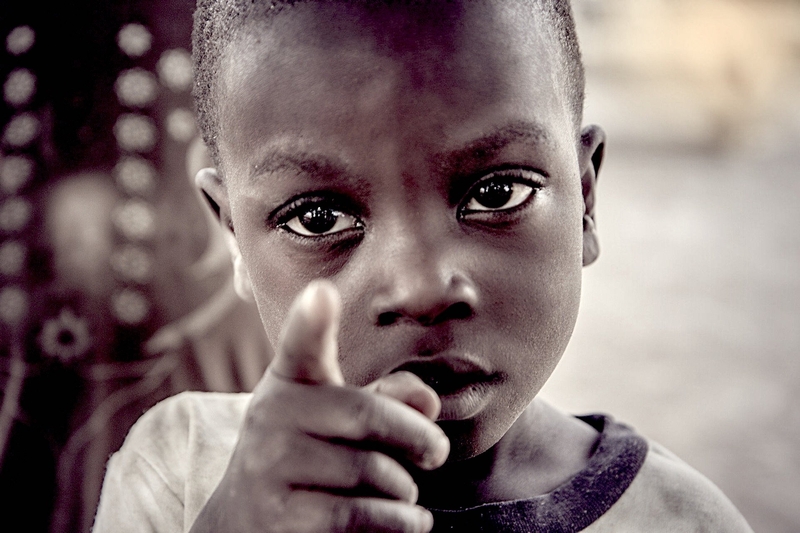
As hundreds of thousands of families the world over have come to experience this spring, pandemics bring with them tremendous suffering. At the time we went to press (in early June 2020) casualties from COVID-19 included 7,000,000 infections and over 400,000 deaths worldwide (less than five months after the very first COVID-19 death was reported on January 11). Even these estimates are widely acknowledged to be lower than the actual number of cases due to inconsistencies from one nation to the next in testing and reporting of infections. As the BBC reported on May 31, 2020, “The true number of cases is thought to be much higher than the reported figures, as many of those with milder symptoms have not been tested and counted.” As Scott Slovic speculates in his essay, there may never be a “return to normal.” But in its stead a powerful idea may take hold “that so-called normalcy and so-called peril coexist” in a tension Slovic calls “COVID Mind,” a perspective he characterizes as sensitive to the “immediate dangers of suffering, death, or loss in any given moment.” While one alternative for COVID Mind is to fear other species, Serenella Iovino’s essay proposes another approach: that of empathy. In her discussion of Gabriele Belleti’s book of poems, Krill, Iovino lyrically describes the “slow agony” of an elderly woman in a nursing home, and that woman’s sudden transcorporeal identification with a whale, fleeing the “petroleum horror” that is the Deepwater Horizon oil spill. The current pandemic, Iovino offers, is one of “oceanic proportions” calling for what poet Franco Arminio calls “the year of mindfulness” wherein we create “a pact between species based on different criteria.” So let’s revisit and revise the observation at the head of this paragraph: A pandemic brings tremendous suffering, yes, but it may also offer new possibilities of connection and understanding, wisdom and change.
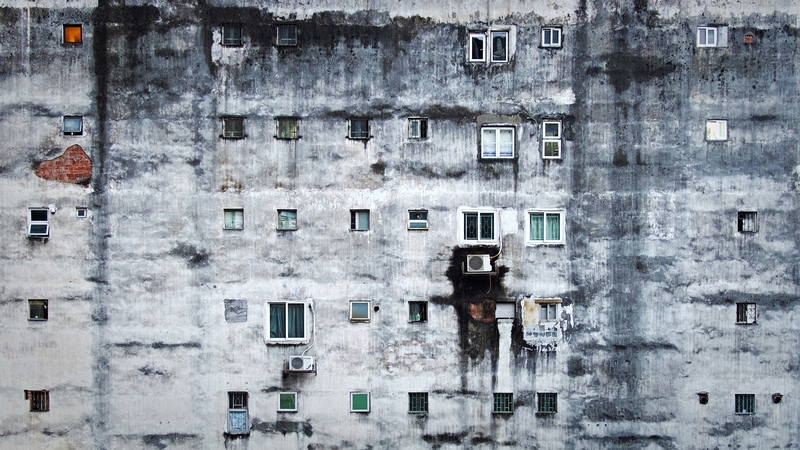
The social inequities made visible by COVID-19, along with the science necessary for understanding how viruses work, presents those of us working in the fields of the environmental humanities and sciences with the complex educational challenges and opportunities Mitchell Thomashow argues that we need in order to step into the pedagogical and public-facing process of rethinking everything. Arundhati Roy has vividly described how rethinking everything might take us through a portal that gives us the opportunity to make choices about whether or not to drag “the carcasses of our prejudice and hatred, our avarice, our data banks and dead ideas, our dead rivers and smoky skies behind us” or pass “through lightly, with little luggage, ready to imagine another world. And ready to fight for it.”
We do not know where we will come out on the other side. As noted in the open letter, we cannot see at this point if it will be democracy or dictatorship. The very recent example of the U.S. riots caused by the murder of George Floyd in Minneapolis in May 2020 violently illuminates the connected global syndemics of social disenfranchisement and racist, nationalist and xenophobic hate. These examples have correlatives throughout the world, linked to hegemonies, oligarchies and patriarchies, with their abuses and crimes: transphobia, misogyny, sex slavery and human trafficking; inhumane income disparities, poverty, and forced migration; animal trafficking, genocide and ecocide. In a recent article on “Masculinity As Radical Selfishness,” Rebecca Solnit does not use the term syndemic but she does argue for recognition of synchronous “contagions” that are “experienced unequally along race and class lines,” and that might be termed “the pandemic of patriarchy,” by punishing women “through violence and the shifting of the responsibility of caregiving.”
The novel coronavirus has introduced itself into such a world already, inviting us to change the cataclysmic role humans play in planetary life. It has clearly spotlighted the failing logic of present socio-economic and political systems which exploit not only disenfranchised humans, but also everything else that is exploitable. In this regard, the lesson we are learning is that life that took millions of years to evolve can be easily disrupted by something utterly small. This submicroscopic infectious agent has proven to be unimaginably powerful in its ability to shake the world’s prevailing capitalist system, including its regimes of extraction, exploitation and subjugation. It has moved on and into our own species at a time of relentless disruption of the Earth’s ecosystemic and biological rhythms — its hydrological, terrestrial, cryospheric and atmospheric cycles. As Michel Serres might say, Covid-19 has entered “the system as an element of fluctuation. It excites it or incites it; it puts it into motion, or it paralyzes it. It changes its state, changes its energetic state, its displacements and condensation” (The Parasite, 191).
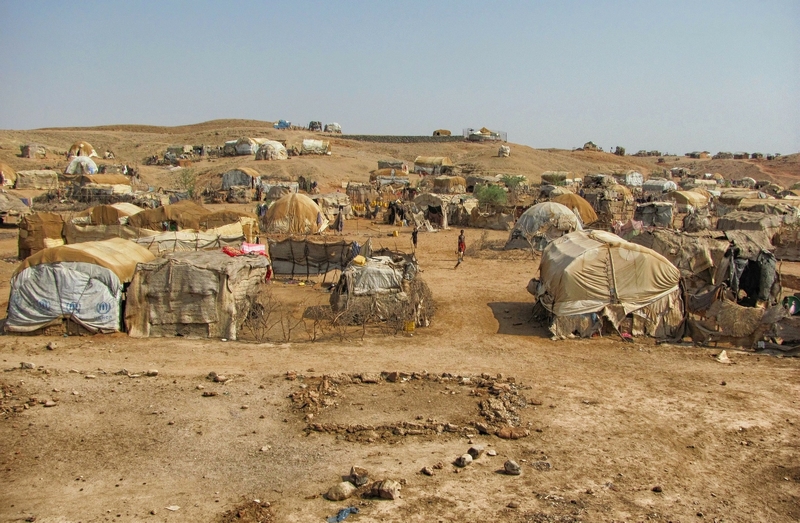
Clearly it is more necessary than ever for us to move beyond the confines of anthropocentric principles to rethink the world’s disparate human conditions, rethink other species, climate, and the earth’s biogeochemical processes as all inextricably interlinked. It is time we learn to think across humans, nonhumans, bodies, natures, and cultures in ways that allow what anthropologist Anna Tsing calls “collaborative survival in precarious times,” because “without collaborations, we all die” (The Mushroom, 2, 28). We, the human species, can learn to live “in multispecies symbiosis on a damaged planet” (Haraway, Preface to Cosmopolitan Animals, viii). If we can do that we will have gained something infinitely valuable, and more necessary than ever, in the midst of the suffering unfolding in the present pandemic.
As we work to address the root causes underlying the COVID-19 pandemic, this moment can also offer us the means and opportunity to better understand how viruses are embedded in the very same systems of ecology and evolutionary biology as human beings. David Quammen, author of Spillover: Animal Infections and the Next Human Pandemic, elaborates in a recent interview on some of the ways in which COVID-19 offers us opportunities to reconsider what we think we know about the relations between humans and nonhuman life, between and among all forms of life. Just as there is no exclusive human sphere, Quammen reminds his readers in Spillover that
In fact, there is no “natural world,” it’s a bad and artificial phrase. There is only the world. Humankind is part of that world, as are the ebolaviruses, as are the influenzas and the HIVs, as are Nipah and Hendra and SARS, as are the chimpanzees and bats and palm civets and bar-headed geese, as is the next murderous virus — the one we haven’t yet detected (518-519).
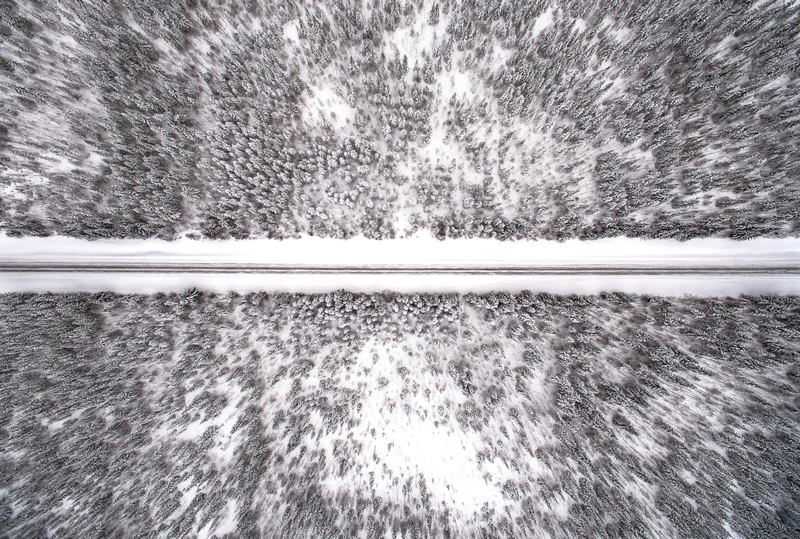
How will we get through the portal and enter a world in which humans understand as much about the role of viruses in planetary cycles as they do about the reasons why social injustices cannot be uncoupled from environmental injustices? The open letter suggests that as a place to start, we can commit to limit flying and to limit our driving and thus contribute to a world in which we are actively working to decrease carbon outputs; that we can schedule our professional meetings and conferences as much as possible online; that we can help to reduce greenhouse gas emissions by eating ethically, ecologically, and locally sourced foods as much as we can. Yet as contributor Kate Rigby suggests in her essay, neither this issue nor the open letter in itself are about adopting or pushing particular absolute solutions. The letter signatories, essay contributors and editors of this special thematic issue have sought to identify productive places where we can all start imagining and realizing how to move through the portal to the other side within the disparate realities of our lives but also without copping out and stopping short of measures that can lead to genuinely transformative change. Rigby complicates the proposed starting places, while paying respects to those who feel that they are in a position to make significant life adjustments in each of these areas. She points out that in some cases, a portion of chocolate may have “double the climate-altering impact of a serving of beef,” and observes that if we were “never able to meet with our colleagues and loved ones who dwell in distant parts [of the world] in the flesh, it would be an appalling loss.”
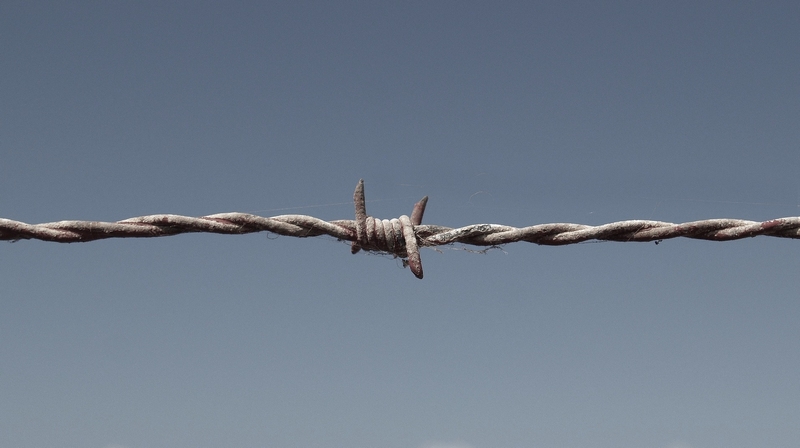
The open letter and this entire special issue represent a concrete starting point for the negotiations we must all begin to carry out with our employers, our colleagues, our neighbors, our friends, our families and ourselves if we hope to work towards cultural, structural, governmental, and policy changes.
So many additional questions open up when we begin to imagine what lies on the other side of the portal. Which ethical standpoint/s should ultimately define our regard for pandemics? How can we cohabit a multispecies world while negotiating and mitigating the risks of zoonotic infection and contaminations? How can we cultivate multispecies perspectives on coronavirus so that “all our relations,” human and nonhuman, in the words of Winona LaDuke, may not only survive, but flourish? How do we begin thinking in multigenerational terms, or in terms of intergenerational justice and equity?
The open letter at the center of this thematic issue of Bifrost Online, like the essays and other curated resources that accompany it, can be seen as one small first step (among others) in the process of reflecting as a community on some of the conditions in our world that have changed irrevocably in the space of a few brief months, of focusing conversations and new negotiations that must now take place with a renewed urgency (the questions, in fact, were always urgent). The novel developments of the COVID-19 pandemic that are still unfolding serve as stark and necessary reminders that new challenges and new conditions of existence will choose us if we do not elect to get out in front of them first, whether or not we find it convenient to face those choices.
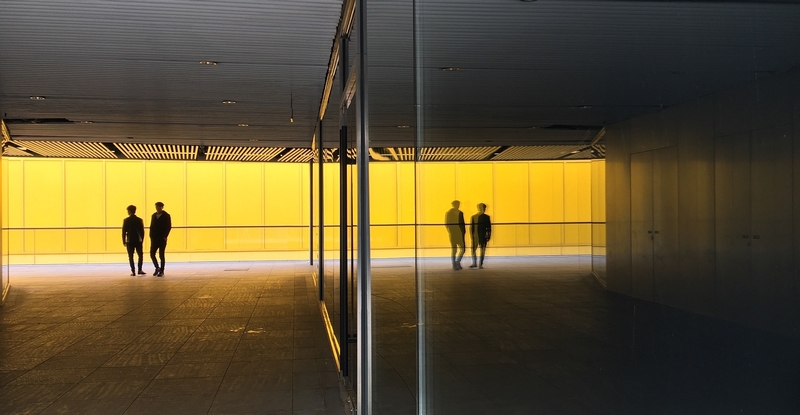
The open letter as published in this thematic issue also links to an identical online version of the letter hosted by the Environmental Humanities Center at Cappadocia University. Those who are interested in committing to the letter’s principles and vision are encouraged to turn there to add their endorsement to the original 41 co-signatories of the open letter, who come from a dozen countries. We hope that those who may not be prepared to do so will be willing to engage in a robust dialogue nevertheless concerning the questions the letter raises. Our hope is that this initiative may mark one important point of departure in a process of staking out key positions in our field, practical and theoretical, that deserve closer examination, and debate. In light of this aim we also wish to signal our intention to return to this issue in due course with a follow-up theme that can help to track and facilitate the evolution of the questions raised in this theme of Bifrost Online. The follow-up theme we anticipate may include a new iteration of the letter (or perhaps a sequel/supplement to it) further developed through multilateral consultations and negotiations with a broader field of stakeholders. We hope that it may also include new accompanying essays that take up additional perspectives on meeting the challenges of a COVID-19 world, especially questions we lacked the time and opportunity to collect from the wider environmental humanities community in the present theme. The ambition in that case will be to include a concentration of voices from outside Europe and North America, especially from the global South, as well as from indigenous peoples and other vital communities throughout the world not yet represented in the current collection of voices.
Just how the environmental humanities chooses to respond to this challenge, and position itself as a community of interest, is but one part of a larger mosaic that will take shape — tile by tile, color by color — in the months and years ahead. The contributors to this special theme of Bifrost Online do not presume to speak for the EH field in any comprehensive sense, but we do hope that the open letter and other contributions we have brought together in this special theme may provide an impetus and an inspiration, as well as a tentative framework, through which to explore more actively and deliberately what we may be able to achieve as a community of purpose, leading by example in thought, spirit and action.




